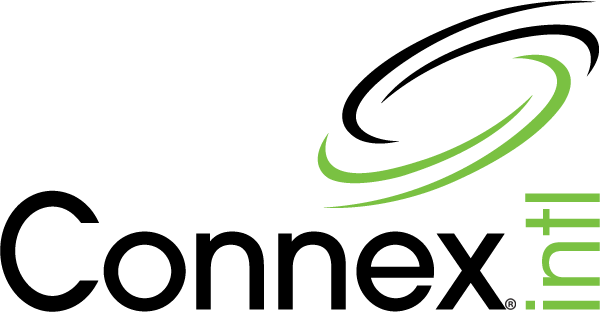
Communication Habits to Fuel Team Productivity
Understanding the Impact of Poor Communication Habits on Productivity
In a bustling workplace, effective communication habits are the lifeline that connects team members to their goals and each other. However, when communication falters, it can have a ripple effect on productivity. Poor communication is more than just a minor inconvenience—it can delay project completion, sap employee morale, and even lead to missed performance targets. A study by The Economist Intelligence Unit highlights that 44% of employees experience project delays due to inadequate communication. Moreover, low morale stemming from unclear communication affects 31% of workers, while 25% miss performance goals, and 18% face lost sales opportunities.
These figures underline a crucial point: clear and effective communication habits aren’t just a nice-to-have skill—it’s essential for productivity and success. In an era where teams are increasingly diverse and often distributed across geographies, the ability to communicate well is a cornerstone of any thriving organization. By addressing communication issues head-on, businesses can unlock their team’s full potential and drive forward with confidence.
Identifying Poor Communication Habits in Teams
Every team faces its own unique communication challenges. However, some pitfalls are common across industries and organizations. One frequent issue is the overuse of jargon, which can lead to confusion and misinterpretation. According to a survey by American Express OPEN, a staggering 88% of office workers have pretended to understand office jargon at some point. This pretense can lead to misaligned expectations and wasted time as team members struggle to decode convoluted messages.
Additionally, the lack of consistent communication habits can derail even the most well-intentioned team efforts. Teams often fall into the trap of relying too heavily on one mode of communication—be it emails, calls, or meetings—without considering the diverse preferences and needs of their team members. Without a balanced approach, important messages can get lost in the noise, leaving team members feeling disconnected and uninformed.
Adopting Simplified Language for Clarity and Efficiency
One of the simplest yet most effective ways to enhance communication is by adopting straightforward language. Clear, precise communication eliminates ambiguity and ensures that everyone is on the same page. By distilling complex ideas into easily understandable terms, leaders can prevent misunderstandings and foster a more inclusive work environment.
The key to successful communication lies in the ability to convey messages succinctly without sacrificing the necessary detail. This approach not only saves time but also empowers team members to act with confidence, knowing exactly what is expected of them. By prioritizing clarity, teams can streamline their workflows and achieve their goals more efficiently.
The Importance of Recapping and Reinforcing Key Points
In the whirlwind of daily tasks and meetings, it’s easy for crucial details to slip through the cracks. This is where the power of recapping comes into play. Whether during a one-on-one conversation or a large conference call, summarizing key points ensures that everyone has a clear understanding of the discussion and the next steps.
Recapping serves as a vital checkpoint, giving team members an opportunity to ask questions and clarify any uncertainties. It also reinforces accountability by clearly outlining who is responsible for upcoming tasks. By making recapping a regular practice, teams can avoid miscommunications and keep projects on track.
Accommodating Diverse Communication Habits and Styles within Your Team
Every individual has a unique communication style shaped by their personality and experiences. Some team members thrive in lively discussions, while others prefer thoughtful reflection before sharing their thoughts. As a leader, recognizing and accommodating these differences can significantly enhance team productivity.
Creating an inclusive communication environment involves being attuned to the needs of your team. This might mean allowing pauses for introverts to contribute or following up with team members after meetings to ensure they have processed the information fully. By fostering an atmosphere where everyone feels heard and valued, leaders can harness the full spectrum of their team’s talents and perspectives.
Implementing Regular Check-ins to Foster Continuous Improvement
Regular check-ins are a powerful tool for maintaining momentum and driving continuous improvement within a team. These touchpoints provide an opportunity for team members to share their progress, seek clarification, and address any challenges they are facing. They also allow leaders to offer feedback and guidance, ensuring that tasks are on track and expectations are clear.
By establishing a routine for check-ins, teams can create a culture of open communication and collaboration. This proactive approach not only boosts productivity but also enhances team morale, as members feel supported and connected in their efforts. Ultimately, regular check-ins serve as a foundation for sustained success and innovation.
Effective communication is the bridge that connects team members, facilitating collaboration and driving productivity. By understanding the impact of poor communication and addressing common pitfalls, teams can create a more cohesive and efficient work environment. Simplifying language, recapping key points, accommodating diverse communication styles, and implementing regular check-ins are practical strategies that can transform communication from a challenge into a powerful asset. Embrace these habits to unlock your team’s potential and propel your organization toward greater success.






